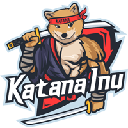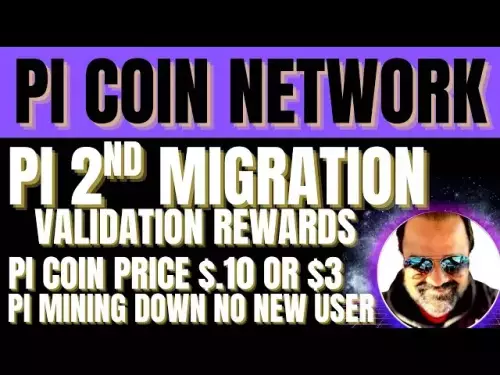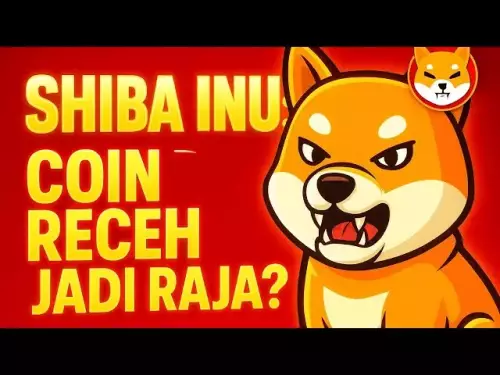-
 bitcoin
bitcoin $109523.663807 USD
-0.13% -
 ethereum
ethereum $4019.526508 USD
2.06% -
 tether
tether $1.000482 USD
0.00% -
 xrp
xrp $2.776815 USD
0.18% -
 bnb
bnb $958.942396 USD
0.12% -
 solana
solana $204.294698 USD
3.84% -
 usd-coin
usd-coin $0.999693 USD
0.00% -
 dogecoin
dogecoin $0.232115 USD
2.09% -
 tron
tron $0.338028 USD
0.84% -
 cardano
cardano $0.790920 USD
1.50% -
 hyperliquid
hyperliquid $44.871443 USD
5.60% -
 ethena-usde
ethena-usde $1.000322 USD
0.04% -
 chainlink
chainlink $21.034165 USD
2.60% -
 avalanche
avalanche $28.794831 USD
-0.54% -
 stellar
stellar $0.360466 USD
1.24%
What are the signs to look for in early-stage NFT projects?
A strong NFT project combines a clear vision, transparent roadmap, credible team, and community engagement to build long-term value and trust.
Aug 08, 2025 at 11:56 am
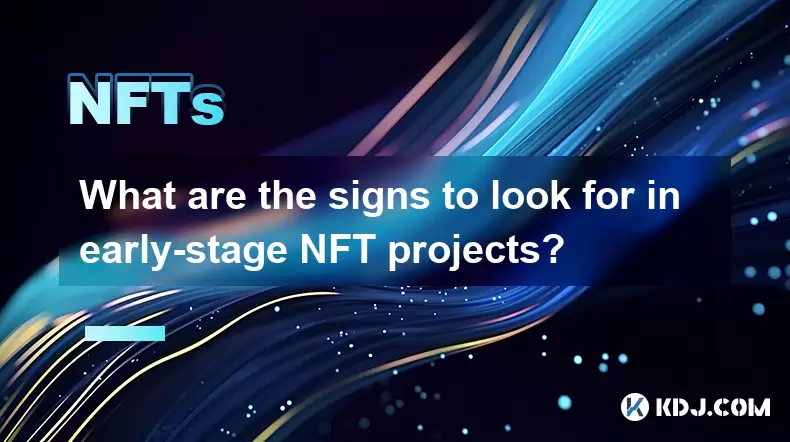
Understanding the Project’s Vision and Roadmap
When evaluating early-stage NFT projects, one of the most critical factors is the clarity and ambition of the project’s vision and roadmap. A well-defined vision outlines what the project aims to achieve in the NFT space, whether it’s building a digital art community, creating a gamified collectible ecosystem, or launching a metaverse experience. The roadmap should include specific milestones, such as smart contract audits, NFT minting dates, community events, and long-term utility plans. Look for projects that publish a detailed timeline with deliverables, not vague promises. Projects that offer transparency about their development stages and have a realistic timeline tend to be more trustworthy. It’s also beneficial if the team regularly updates the community through Discord or Twitter about progress, delays, or changes to the roadmap.
Assessing the Team and Community Engagement
The credibility of the team behind an NFT project is a strong indicator of its potential. Look for projects where the core team members are publicly identified and have verifiable experience in blockchain, design, or community management. Anonymous teams aren’t automatically red flags, but they increase risk. Check their LinkedIn profiles, past projects, or contributions to open-source blockchain initiatives. Equally important is community engagement. Active and responsive project leaders who participate in Discord discussions, host AMAs (Ask Me Anything sessions), and welcome feedback signal a committed team. A vibrant community with organic discussions, creative fan art, and user-driven events often reflects strong project health. Avoid projects where the team rarely communicates or where moderators suppress criticism.
Analyzing Artistic Quality and Uniqueness
The visual and conceptual appeal of the NFT collection plays a major role in its long-term value. Examine the artistic quality of the preview images or traits released before minting. High-resolution, cohesive designs with attention to detail suggest professional effort. Look for uniqueness in the theme—whether it’s a dystopian robot society, mythological creatures, or abstract digital expression. Collections that rely on overused tropes (like pixelated apes or generic zombies) without innovation may struggle to stand out. Also, check if the project uses procedural generation for traits and how rare certain features are. A well-structured trait hierarchy with genuinely rare combinations increases desirability. Request access to a metadata preview if available, and verify that the art isn’t plagiarized by reverse image searching a few sample images.
Reviewing Smart Contract and Security Measures
Security is paramount when investing in early NFT projects. Always verify whether the project has had its smart contract audited by a reputable firm like CertiK, Hacken, or OpenZeppelin. An audit report should be publicly accessible and confirm that the contract is free from vulnerabilities such as reentrancy attacks or minting exploits. Check if the contract is verified on Etherscan or the relevant blockchain explorer. Look for features like mint limits per wallet, fair launch mechanisms, and royalty enforcement. Be cautious of contracts that allow the team to mint unlimited NFTs post-launch, as this could lead to inflation and devaluation. Also, ensure the project uses a reputable blockchain like Ethereum, Solana, or Polygon, depending on your preference for gas fees and decentralization.
Evaluating Utility and Long-Term Value Proposition
Beyond aesthetics, consider what utility the NFT offers. Early-stage projects with long-term potential often include benefits such as governance rights, staking rewards, access to exclusive events, or real-world perks. For example, some NFTs grant holders entry to private Discord channels, early access to new collections, or voting power on future project directions. Others integrate with games where NFTs function as playable characters or in-game assets. Projects that plan partnerships with established brands or other NFT communities may offer added value. Ask whether the utility is meaningful or just marketing fluff. A project that only promises “future value” without concrete plans is riskier than one with immediate, functional benefits.
Monitoring Minting Mechanics and Gas Strategies
The minting process itself can reveal a lot about a project’s professionalism. Investigate how the minting event is structured. Is it a first-come, first-served model, a Dutch auction, or a whitelist-based release? Whitelists often reward early supporters through social tasks like retweeting or joining Discord. To participate, follow the project’s official channels and complete the required steps before the deadline. Use tools like Rarity.tools or HowRare.is to analyze trait rarity before minting. When minting, prepare your wallet (e.g., MetaMask) with enough cryptocurrency to cover the mint price and gas fees. Consider minting during off-peak hours to reduce gas costs, especially on Ethereum. Always double-check the official minting link—scammers often create fake websites. Bookmark the real URL and never click on unsolicited links in DMs.
Frequently Asked Questions
How can I verify if an NFT project’s social media is authentic?Look for the blue verification badge on Twitter (X) and cross-check the handle with the link posted on the official website. Visit the Discord server and confirm that moderators and admins use the project’s official roles. Avoid accounts with recent creation dates, low follower counts, or inconsistent posting patterns.
What should I do if a project promises celebrity endorsements?Treat such claims with extreme caution unless the celebrity has publicly confirmed involvement through their verified account. Many fake projects use edited images or fabricated quotes. Search for press releases or video appearances where the celebrity explicitly mentions the project.
Is it safe to mint NFTs from a project that hasn’t completed its audit?Minting from unaudited contracts carries significant risk. While some legitimate projects launch before audit completion, they should clearly communicate the timeline. If no audit is planned, consider waiting or investing only what you can afford to lose.
How do I check if an NFT’s metadata is on-chain or off-chain?Use a blockchain explorer like Etherscan to view the smart contract. On-chain metadata is embedded directly in the contract, making it permanent. Off-chain metadata relies on external servers (like IPFS or centralized storage), which could become inaccessible. Look for projects that use IPFS with permanent pinning for better reliability.
Disclaimer:info@kdj.com
The information provided is not trading advice. kdj.com does not assume any responsibility for any investments made based on the information provided in this article. Cryptocurrencies are highly volatile and it is highly recommended that you invest with caution after thorough research!
If you believe that the content used on this website infringes your copyright, please contact us immediately (info@kdj.com) and we will delete it promptly.
- Rare 1p Coin Could Fetch £200,000: Are You Holding a Fortune?
- 2025-09-27 12:25:13
- MAGACOIN Finance: Buzz, Risks, and the Altcoin Stampede
- 2025-09-27 12:25:13
- Crypto Wallets & Utility Tokens: What's the Hype?
- 2025-09-27 12:30:02
- Shiba Inu's Burn Rate & Crypto Payroll: A New York Perspective
- 2025-09-27 12:45:11
- Grayscale, Near Protocol, and On-Chain Innovation: A New Era for Crypto?
- 2025-09-27 12:45:11
- Punjab Govt, Centre, and the Financial Package: A Tug-of-War?
- 2025-09-27 12:30:02
Related knowledge
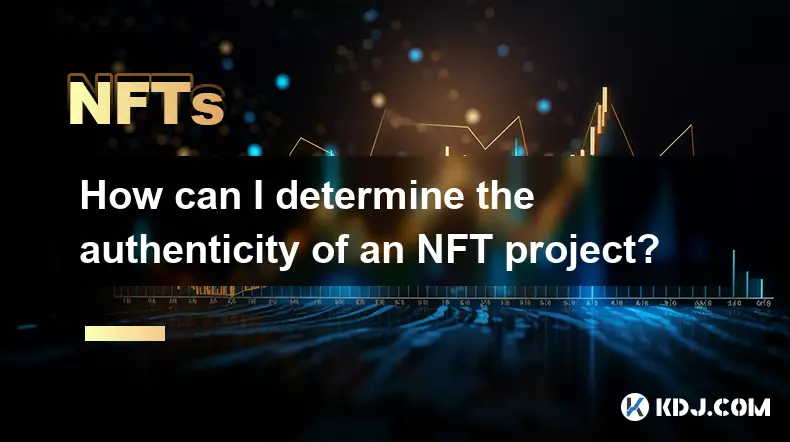
How can I determine the authenticity of an NFT project?
Sep 23,2025 at 05:18pm
Understanding the Project Team and Their Background1. Research the identities of the team members behind the NFT project. Verified social media profil...
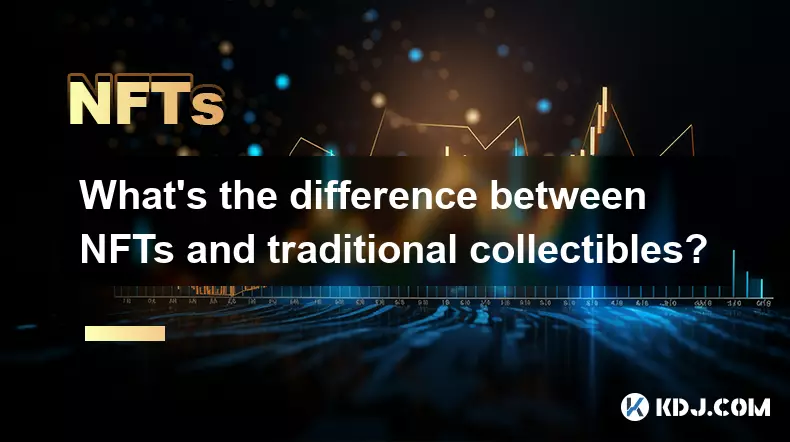
What's the difference between NFTs and traditional collectibles?
Sep 19,2025 at 12:55pm
Digital Ownership and Provenance1. NFTs are built on blockchain technology, which ensures transparent and immutable records of ownership. Every transa...
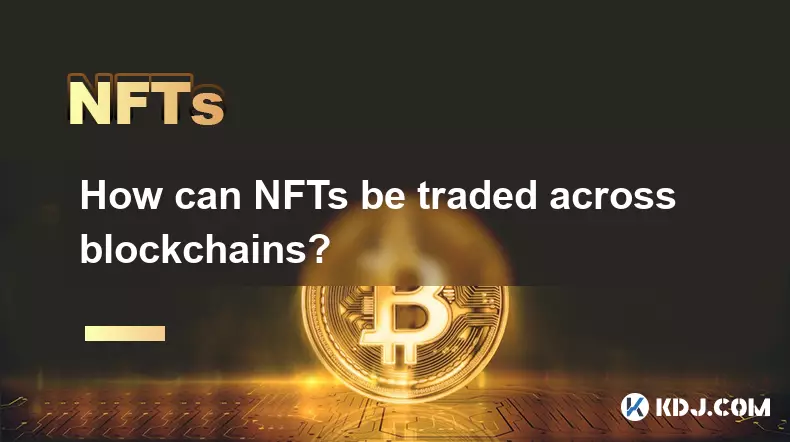
How can NFTs be traded across blockchains?
Sep 19,2025 at 12:00pm
Understanding Cross-Chain NFT Trading1. Non-fungible tokens (NFTs) are digital assets that represent ownership of unique items on a blockchain. Origin...
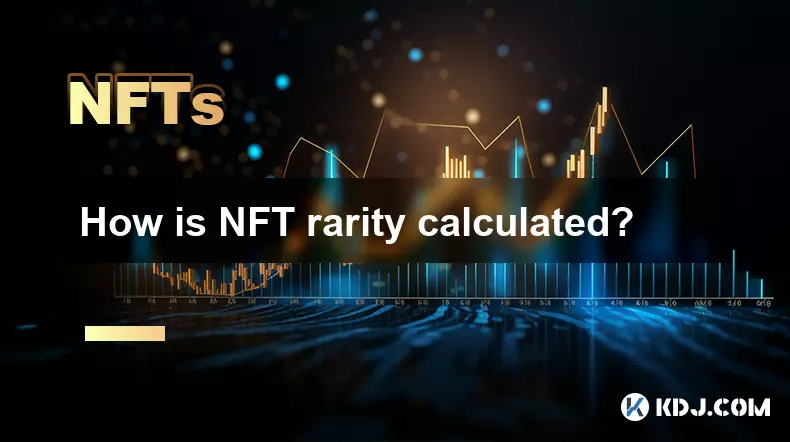
How is NFT rarity calculated?
Sep 18,2025 at 07:54pm
Understanding NFT Rarity Metrics1. NFT rarity is determined by analyzing the uniqueness of individual traits within a collection. Each NFT typically c...
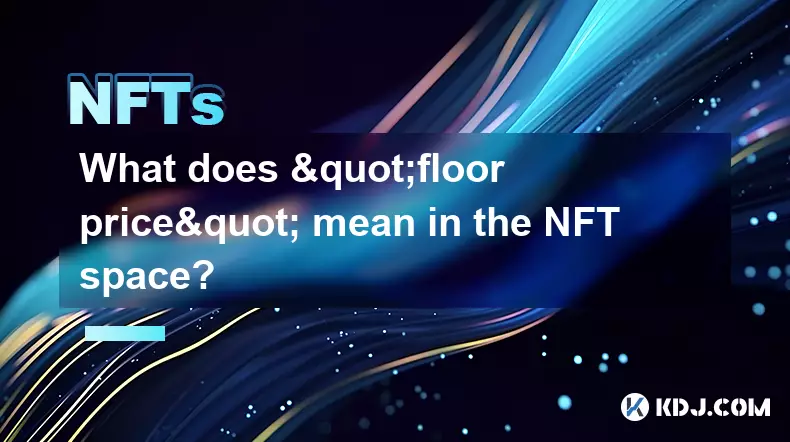
What does "floor price" mean in the NFT space?
Sep 22,2025 at 06:36am
Floor Price: A Core Metric in the NFT Marketplace1. The term floor price refers to the lowest current asking price for any item within a specific NFT ...

How do NFTs help content creators?
Sep 18,2025 at 08:00am
NFTs Empower Creators with Ownership and Monetization1. NFTs provide content creators with verifiable ownership of their digital works, ensuring authe...

How can I determine the authenticity of an NFT project?
Sep 23,2025 at 05:18pm
Understanding the Project Team and Their Background1. Research the identities of the team members behind the NFT project. Verified social media profil...

What's the difference between NFTs and traditional collectibles?
Sep 19,2025 at 12:55pm
Digital Ownership and Provenance1. NFTs are built on blockchain technology, which ensures transparent and immutable records of ownership. Every transa...

How can NFTs be traded across blockchains?
Sep 19,2025 at 12:00pm
Understanding Cross-Chain NFT Trading1. Non-fungible tokens (NFTs) are digital assets that represent ownership of unique items on a blockchain. Origin...

How is NFT rarity calculated?
Sep 18,2025 at 07:54pm
Understanding NFT Rarity Metrics1. NFT rarity is determined by analyzing the uniqueness of individual traits within a collection. Each NFT typically c...

What does "floor price" mean in the NFT space?
Sep 22,2025 at 06:36am
Floor Price: A Core Metric in the NFT Marketplace1. The term floor price refers to the lowest current asking price for any item within a specific NFT ...

How do NFTs help content creators?
Sep 18,2025 at 08:00am
NFTs Empower Creators with Ownership and Monetization1. NFTs provide content creators with verifiable ownership of their digital works, ensuring authe...
See all articles


















